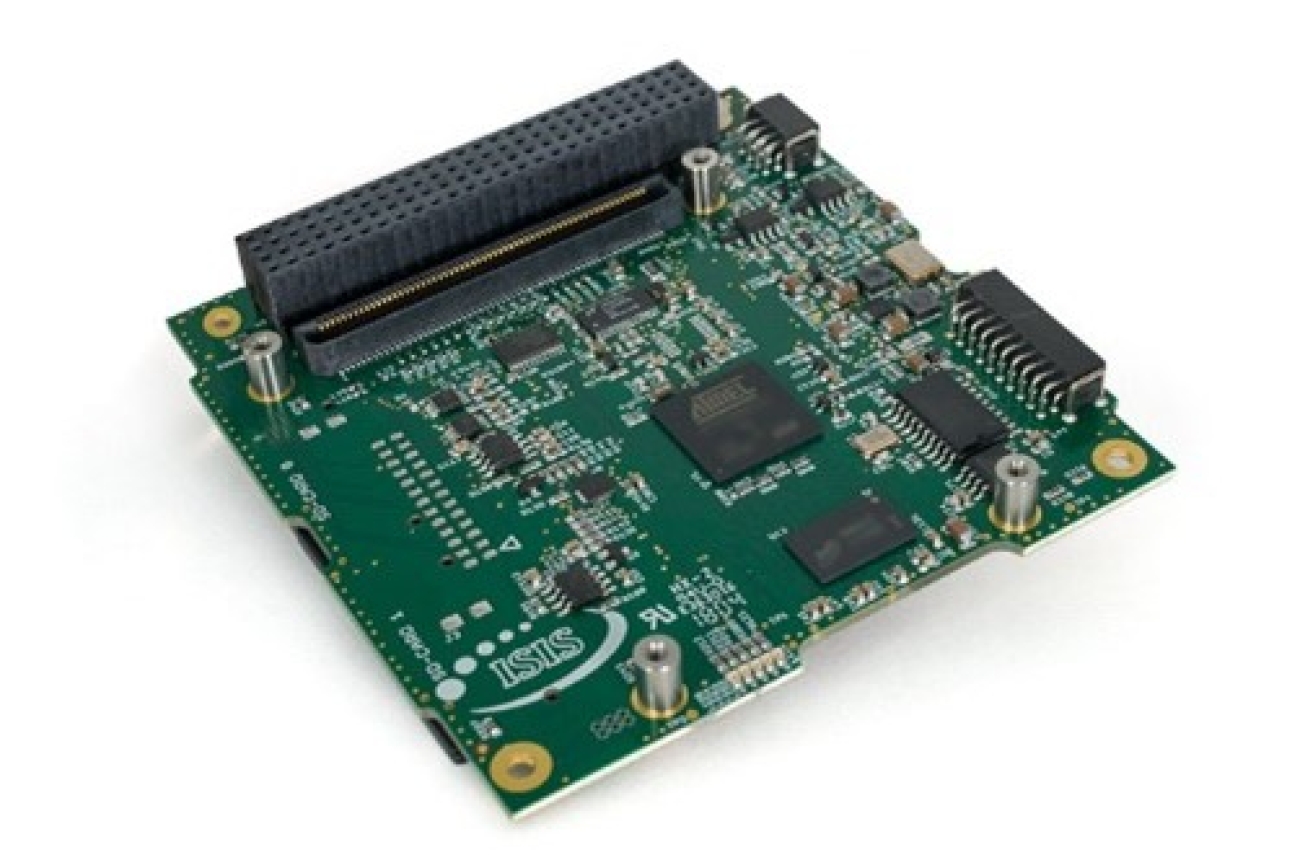The processing speeds often exceed 4GHz, equivalent to 4,000,000,000 cycles or basic operations every second. In space, however, processors are much slower and older. Sharjah-Sat 2 will use a space-rated version of a 400MHz ARM9 microprocessor [1], which only runs at 10% of the speed of modern processors. This series of microprocessors was first released in 1998; the latest release was in 2006. Another use of an old processor is in the Emirates Mars Mission's Hope Probe, which uses a LEON processor based on the SPARC V8 series of processors released in 1992 [2] [3]. Yet, these "outdated" processors are still in use today. Constraints from the space environment incentivize using what is already proven, while the processing requirements for the main computer do not require the speeds modern architectures provide. Space is a difficult environment for microprocessors. Satellites are constantly bombarded by radiation, solar wind, charged particles, and more without being protected by the atmosphere. As modern microprocessors are much more complex than the older ones and because of the lack of an atmosphere, microprocessors in space are more prone to interference from the space environment.
Another reason for using older, simpler designs is because these older processors are more reliable due to the simplicity of the designs and their heritage, which is the applications that the processor has been used in and its reliability in those applications. There is a term in the space industry called "Space Heritage" when a part has been tested within space and proven reliable in the space environment. Because these older processors can satisfy processing requirements in space, and because these older processors are simpler and have been tested in the space environment, older designs are often the standard in spacecrafts. Note that these older processors have been hardened to handle the space environment better, such as with radiation shielding.
While modern processors may be more powerful and more efficient, their gain is minimal when it comes to spacecrafts while also being more subjected to the difficult environment in space. Thus, the space industry still uses the old but reliable processors as their main on-board computers in spacecrafts.
Works Cited
|
[1] |
ISISPACE, "ISIS On Board Computer," [Online]. Available: https://www.isispace.nl/product/on-board-computer/), . |
|
[2] |
H. E. S. Amiri, D. Brain, O. Sharaf and et al, "The Emirates Mars Mission," Space Science Reviews, p. 218, 2022. |
|
[3] |
S. Habinc, "Fault Tolerant LEON3 Processor and SpaceWire Router Standard Products," 2015. |



